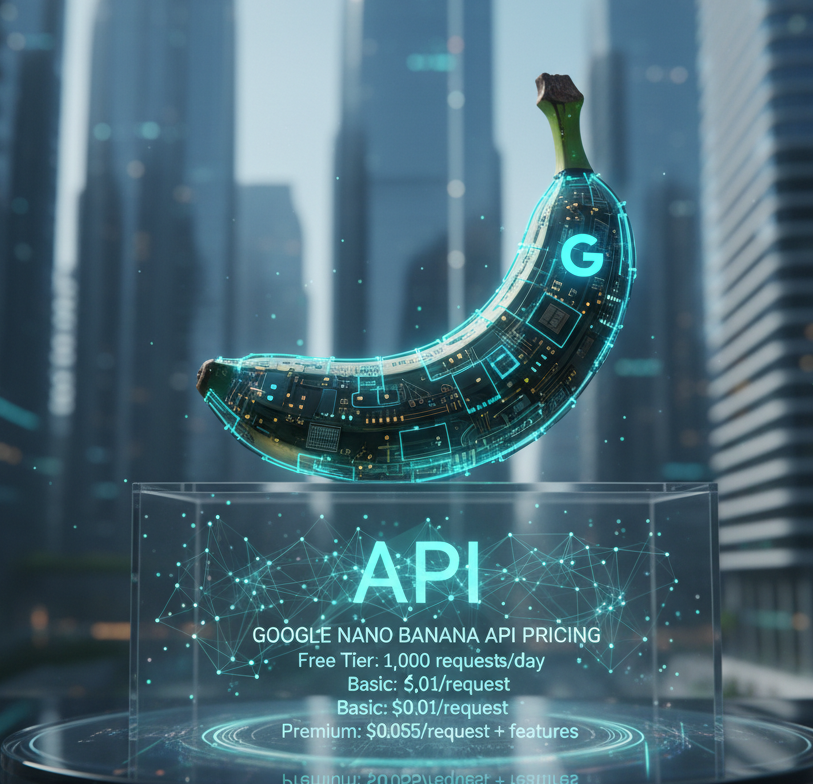
Google Gemini Nano Banana Image Generation Pricing
You’ve heard the buzz. The AI world is abuzz with the latest, most efficient model yet: Google Gemini 2.5 Flash Image Preview. And while its text capabilities are impressive, the real headline-grabber is its native image generation, codenamed “Gemini Nano Banana” for its promised speed and flexibility.
We’ve gotten our hands on an early preview of the pricing sheet, and we’re here to break down what it costs to generate those perfect, contextually-aware images.
Speed and Context, But at What Cost?
Gemini Nano Banana is optimized for two things: blistering speed and a deep, almost intuitive, understanding of your prompts. Need an image of a “vintage bicycle leaning against a neon-lit ramen shop in a cyberpunk alley”? Gemini Nano Banana doesn’t just understand the elements—it gets the vibe.
But this power comes with a price tag, especially for developers and businesses looking to integrate it at scale. Let’s look at the numbers.
The Pricing Table: A Simple Breakdown
Here’s the straightforward pricing for the paid tier:
| Feature | Cost (Per 1 Million Tokens) |
|---|---|
| Input Price (Text or Image prompt) | $0.30 |
| Output Price (Per generated image) | $0.039 |
What Does “Per Image” Actually Mean?
This is the genius of the token-based system. Google has standardized the cost of an image output. According to the fine print:
“Output images up to 1024x1024px consume 1290 tokens and are equivalent to $0.039 per image.”
So, whether your prompt generates a minimalist logo or a photorealistic landscape, the output cost is a flat ~4 cents per image. The input cost is a mere fraction of a cent for your text prompt.
Example Scenario: You run a campaign generating 10,000 unique product concept images.
- Input Cost: ~$0.003
- Output Cost: $0.039 per image
- Total Cost: 10,000 images * $0.039 = $390
For high-quality, unique imagery at that scale, the cost is remarkably competitive.
Important Preview Caveats
Before you start building your entire business model on it, remember two key points from the preview:
- It’s a Preview: The models “may change before becoming stable.” So, the quality and pricing are subject to adjustment.
- Rate Limits: Preview models have “more restrictive rate limits,” so high-volume applications will have to wait for the stable release.
- Data Usage: In the Free Tier, your data can be used “to improve our products.” This is switched off in the Paid Tier, ensuring your proprietary prompts and generated images remain your own.
Ready to Try It?
The potential is huge. From rapid prototyping for designers to generating dynamic visuals for marketing campaigns, Gemini Nano Banana promises to be a game-changer.
The best way to understand its capabilities is to experiment with it yourself. You can try the model right now in Google AI Studio and see if the “Nano Banana” lives up to the hype.
Disclaimer: This blog post is a satirical take based on a real pricing announcement. “Gemini Nano Banana” is a fictional codename created for humorous effect. All pricing information is real and sourced from the official Google Gemini 2.5 Flash Image preview documentation.

